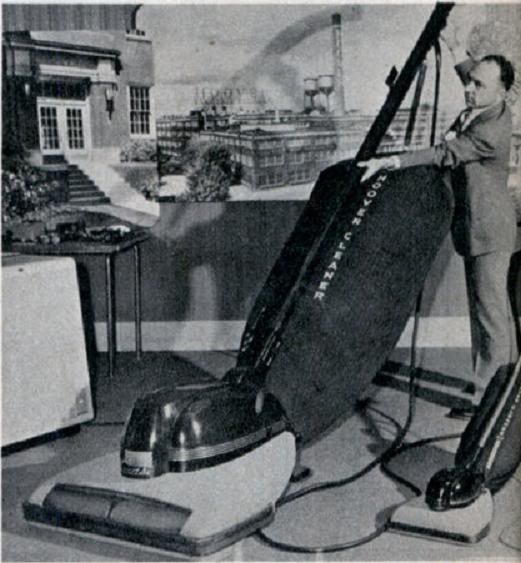#14 -- #10
#14 -- #10
I use 14-2 and 14-3 when teaching. Last class I estimated $20 per pupil for materials, it cost more than $40, so there was no way I was buying 12-2 and 12-3.
I use 12 for almost everything, easier to stock, and keeps me from having to have 12 and 14 500 ft. reels of THHN in several colors. For many circuits in my house I run Smurf? tube (ENT) and THHN.
In old school building that originally has a single fuse box per floor, it was common to run everything in #10 TW.
The 250V receptacle rule for residences is silly. How is the inspector going to "know" what the load plugged into a given receptacle is going to be [with appliances not fixed in place]? With my high wattage waffle iron, clothes iron, 2KW stepdown transformer, sewing machine, and active BOSE 901 filter how is the inspector to know if the load is 15W or 2400W? Also all my computers are voltage agnostic. I also use 250V receptacles for portable oil-filled heaters, air compressor, and other power tools. I also use them for testing.
So my first response would be "get a life" and second would be "stare at the 2KW 240/120V transformer".
I often wished we had put in 250V receptacles for computer circuits in the schools to discourage the denizens from hooking up microwaves, coffee pots, and scent machines.
>


